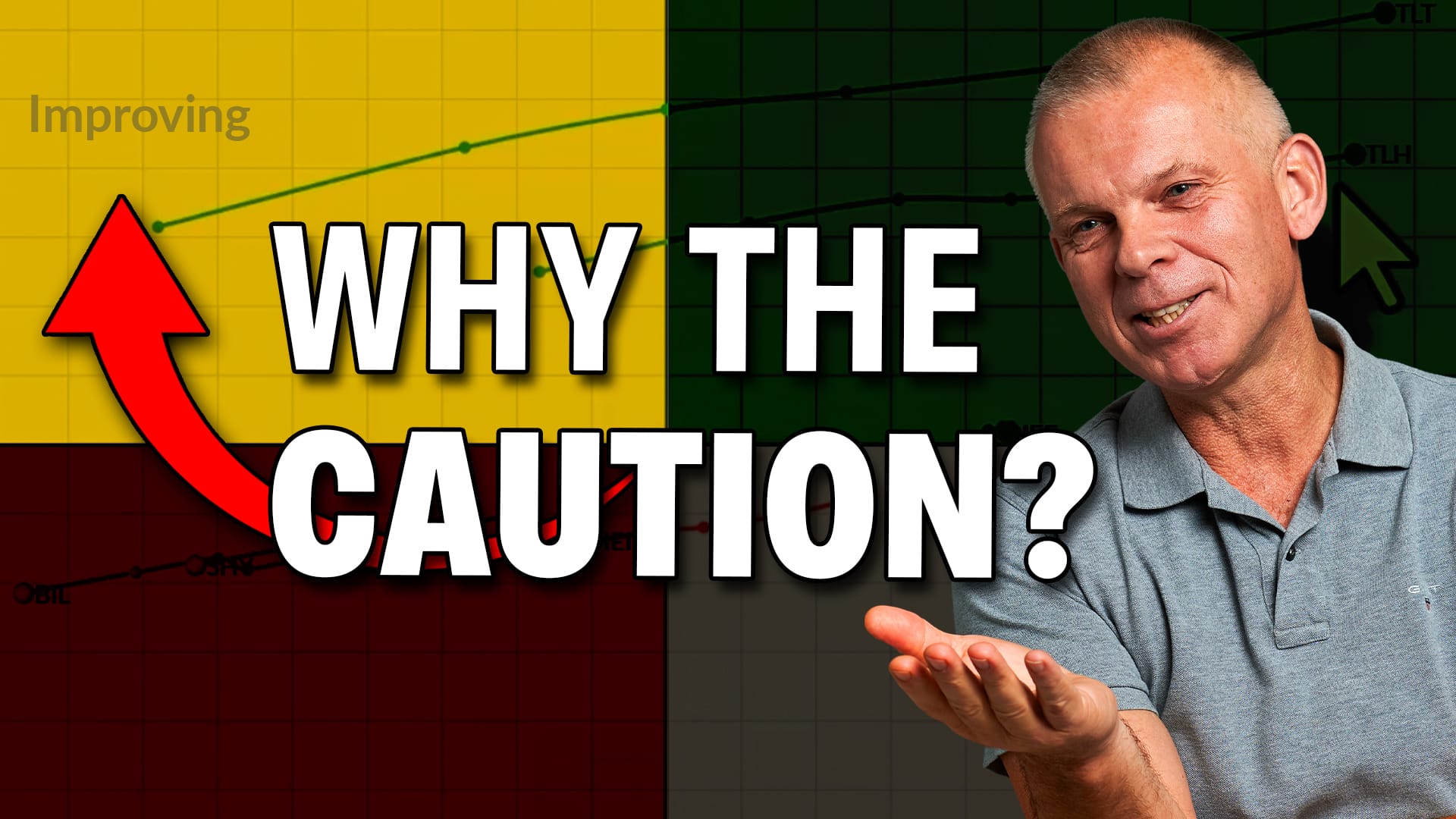GLOBAL MARKETS WEAKEN SOME MORE -- EAFE SHARES FALL HARDER THAN US -- WEEKLY RANKINGS STILL SHOW A DEFENSIVE MARKET -- NASDAQ LEADS MARKET FOR FIRST TIME IN SIX WEEKS
MORE FOREIGN BREAKDOWNS ... On Tuesday, I showed a list of eleven foreign stock ETFs that had fallen below their 200-day moving averages. I showed a list of four foreign ETFs challenging that long-term support line. Two of those broke down today. Charts 1 and 2 show the Australia iShares (Chart 1) and Singapore iShares (Chart 2) falling below their 200-day lines. Chart 3 shows the MSCI World Index (ex USA) also trading below its 200-day line. That weak action contradicts the belief that foreign markets are immune from a U.S. slowdown.

Chart 1

Chart 2

Chart 3
MARKET STAYS DEFENSIVE ... The performance bars in Chart 4 show the market still in a defensive mode. Although all sectors lost ground (through Wednesday), the ones that did better than the S&P 500 were utilities, consumer staples, energy, and healthcare -- all defensive sectors. The worst performers were consumer discretionary stocks (including retailers), financials, and basic materials. Other weak groups not shown here are small caps, transports, and REITs. In other words, very little has changed to improve the market's internal picture. The weakest bar to the right belongs to the EAFE iShares. So much for the view that foreign stocks will hold up better than the U.S. in an economic slowdown.

Chart 4
NASDAQ MARKET SHOWS A LITTLE LEADERSHIP ... Largely thanks to an 6% jump in Oracle, the Nasdaq 100 gained 1.9% and the Nasdaq Composite 1.5% on the day. That made them the day's strongest market indexes. It was also enough to push the Nasdaq Composite back above its 200-day moving average (Chart 5). That may be enough to support a bounce in the rest of the market. The Nasdaq/S&P 500 ratio (beneath chart) peaked in early November (red arrow) and contributed to the general market selloff. Today's bounce in the ratio is the strongest in six weeks (see circle). The market usually does better when the ratio is rising. That was also the case back in August (green arrow). That's not enough to repair the market's more serious fundamental and technical problems. But it may be enough to produce a yearend bounce.

Chart 5








